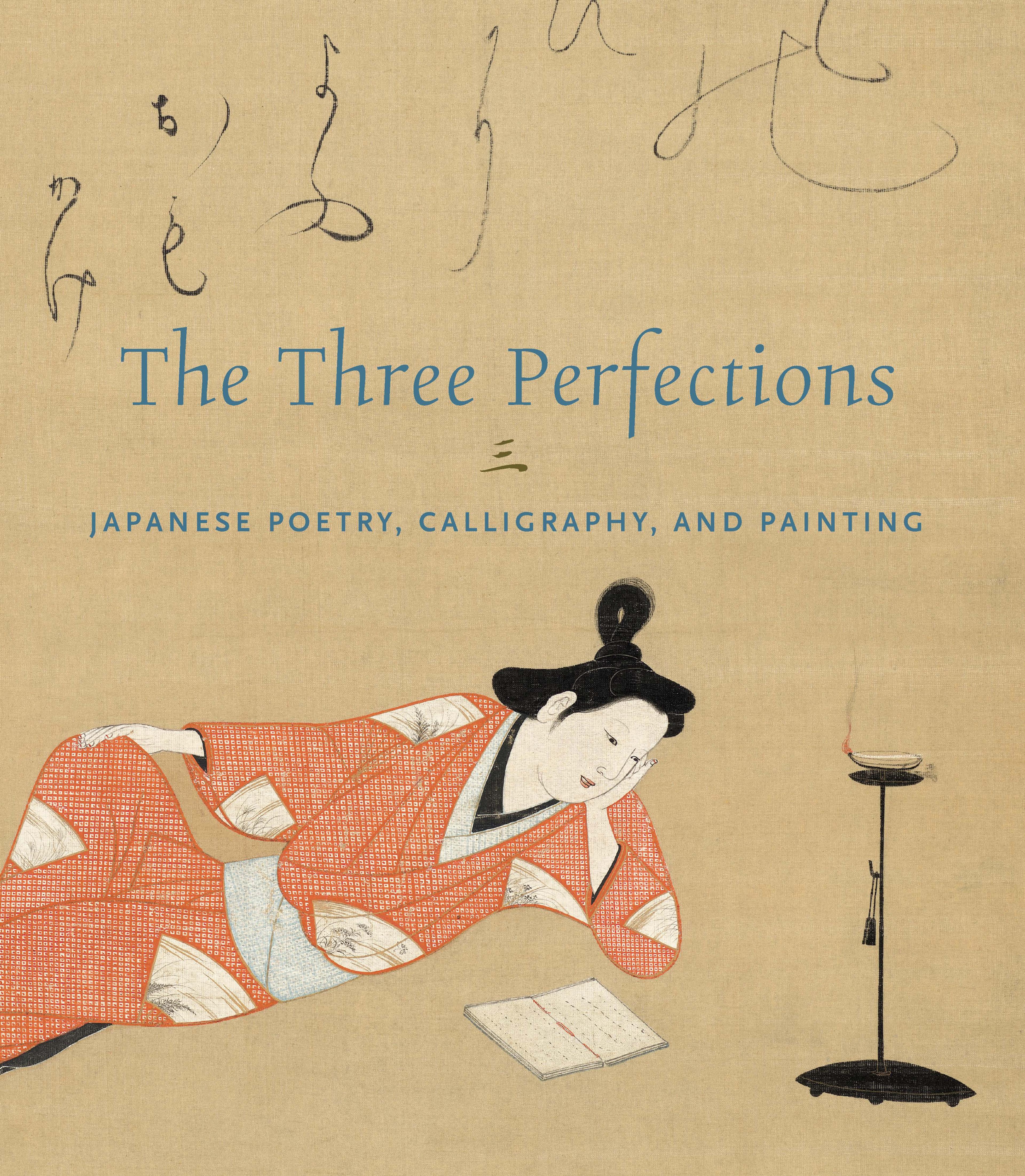Unexpected Meeting on the Yodo River
This inscribed painting commemorates the literary and artistic friendship of two brilliant late Edo artists, both of whom were talented in the Three Perfections of East Asian art; painting, poetry and calligraphy. The impromptu inscribed painting commemorates a chance meeting in 1823 when the two of them were passing on boat along the Yodo River, near Lake Biwa, a short distance east of Kyoto. Though unsigned, we assume the painting was sketched by Tanomura Chikuden, then Rai San’yō inscribed it twice starting along the right margin of the scroll. Chikuden then added a five-column inscription on the left side of the scroll. They recounted that they had met five years before at Oka Castle in city of Takeda, Kyūshū, which was Chikuden’s hometown.
As Chikuden’s inscription testifies, among Nanga painters of his generation, he was one of the most literary and scholarly. As the son of a samurai medical officer and physician, Chikuden was trained in his father's profession, but his artistic talent and a predilection for scholarship led him to resign official duties. He travelled widely and befriended Nanga artists and intellectuals in Kyoto and Osaka, who were a source of artistic inspiration. Journeys over turbulent rivers and bays became a frequent theme of his paintings. He also wrote commentaries on a number of Nanga artists and literati whom he met in Kyoto and Osaka. The Chikuden-sō shiyū garoku (Records of Paintings by Chikuden's Teachers and Friends) includes accounts of the lives of 104 artist-friends and comments on their work. Chikuden's portraits of his friends are full of warmth and sincere affection.
The distinguished historian and Confucian scholar Rai Sanyō also established a reputation as Nanga-school painter, calligrapher, and poet. He was born in Osaka and studied in Hiroshima and Edo before settling in Kyoto in 1811, where he opened a academy and devoted himself to the writing of kanshi (verse composed in Chinese by Japanese poets).
As Chikuden’s inscription testifies, among Nanga painters of his generation, he was one of the most literary and scholarly. As the son of a samurai medical officer and physician, Chikuden was trained in his father's profession, but his artistic talent and a predilection for scholarship led him to resign official duties. He travelled widely and befriended Nanga artists and intellectuals in Kyoto and Osaka, who were a source of artistic inspiration. Journeys over turbulent rivers and bays became a frequent theme of his paintings. He also wrote commentaries on a number of Nanga artists and literati whom he met in Kyoto and Osaka. The Chikuden-sō shiyū garoku (Records of Paintings by Chikuden's Teachers and Friends) includes accounts of the lives of 104 artist-friends and comments on their work. Chikuden's portraits of his friends are full of warmth and sincere affection.
The distinguished historian and Confucian scholar Rai Sanyō also established a reputation as Nanga-school painter, calligrapher, and poet. He was born in Osaka and studied in Hiroshima and Edo before settling in Kyoto in 1811, where he opened a academy and devoted himself to the writing of kanshi (verse composed in Chinese by Japanese poets).
Artwork Details
- 澱川邂逅之図 (Yodogawa kaikō no zu)
- Title: Unexpected Meeting on the Yodo River
- Artist: Rai San’yō 頼山陽 (Japanese, 1780–1832)
- Artist: Tanomura Chikuden 田能村竹田 (Japanese, 1777–1835)
- Period: Edo period (1615–1868)
- Date: 1823
- Culture: Japan
- Medium: Hanging scroll; ink on paper
- Dimensions: Image: 50 1/8 × 10 11/16 in. (127.3 × 27.2 cm)
Overall with mounting: 68 × 15 3/4 in. (172.7 × 40 cm)
Overall with knobs: 68 × 17 3/4 in. (172.7 × 45.1 cm) - Classification: Paintings
- Credit Line: Mary and Cheney Cowles Collection, Gift of Mary and Cheney Cowles, 2021
- Object Number: 2021.398.21
- Curatorial Department: Asian Art
More Artwork
Research Resources
The Met provides unparalleled resources for research and welcomes an international community of students and scholars. The Met's Open Access API is where creators and researchers can connect to the The Met collection. Open Access data and public domain images are available for unrestricted commercial and noncommercial use without permission or fee.
To request images under copyright and other restrictions, please use this Image Request form.
Feedback
We continue to research and examine historical and cultural context for objects in The Met collection. If you have comments or questions about this object record, please complete and submit this form. The Museum looks forward to receiving your comments.
